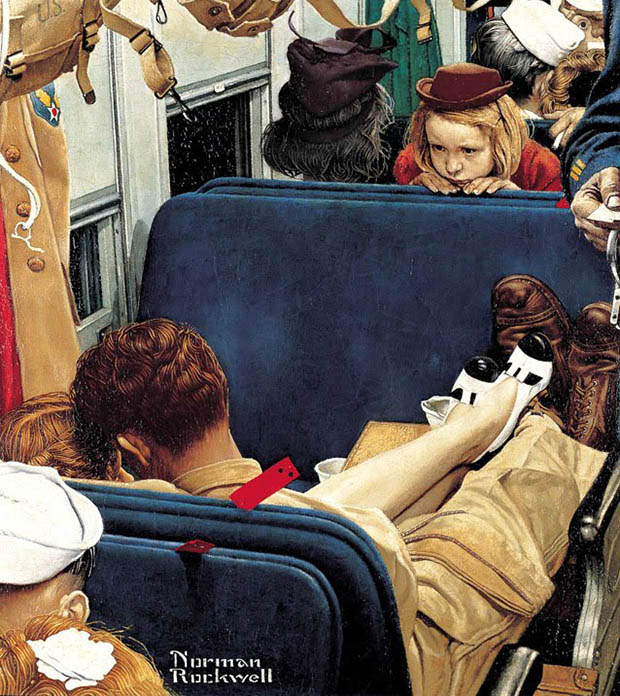Carl Jung founded the field of analytical psychology more than a century ago, and many reference his insights into the human mind and condition still today. Alan Watts certainly did his bit to keep the Jungian flame alive, whatever the outward differences between a Swiss psychiatrist and an English interpreter of Taoism, Hinduism, and Buddhism, especially of the Zen variety. Both men believed in casting a wide spiritual net, all the better to expose the common core elements of seemingly disparate ancient traditions. And in so doing they could hardly afford to ignore the religious underpinnings of the European civilization, broadly speaking, from which they emerged. In fact, Watts became an ordained Episcopal priest at the age of 30 — though, owing to the complexities of his beliefs as well as his personal life, he resigned the ministry by age 35.
But Watts’ investment in certain tenets of Christianity endured, and he named as one of Jung’s greatest writings a lecture delivered to a Swiss clergy group. “People forget that even doctors have moral scruples and that certain patient’s confessions are hard even for a doctor to swallow,” begins the speech as Watts reads it aloud in the video above. “Yet the patient does not feel himself accepted unless the very worst in him is accepted too. No one can bring this about by mere words. It comes only through reflection and through the doctor’s attitude towards himself and his own dark side.” To help another person, in other words, one must first accept that person as he is; but to accept another person as he is first requires taking oneself straight, less-than-admirable qualities and all.
According to Watts, Jung himself demonstrated this rare self-awareness. “He knew and recognized what I sometimes call the element of irreducible rascality in himself,” says Watts in a talk of his own previously featured here on Open Culture. “He knew it so strongly and so clearly, and in a way so lovingly, that he would not condemn the same thing in others, and would therefore not be led into those thoughts, feelings, and acts of violence towards others which are always characteristic of the people who project the devil in themselves upon the outside, upon somebody else, upon the scapegoat.” As Jung puts it to his clerical audience, “In the sphere of social or national relations, the state of suffering may be civil war, and this state is to be cured by the Christian virtue of forgiveness and love of one’s enemies.”
What Christianity holds as true of the outer world goes just as well, Jung argues, for the inner one. “This is why modern man has heard enough about guilt and sin. He is sorely beset by his own bad conscience and wants, rather, to know how he is to reconcile himself with his own nature, how he is to love the enemy in his own heart and call the wolf his brother.” He “does not want to know in what way he can imitate Christ, but in what way he can live his own individual life, however meagre and uninteresting it may be.” Only by being allowed to follow this “egoism” to its conclusion of “complete isolation” can he “get to know himself and learn what an invaluable treasure is the love of his fellow beings”; it is only “in the state of complete abandonment and loneliness that we experience the helpful powers of our own natures.” Without knowing our own natures, we can hardly expect even the most time-tested belief systems to put an end to the civil wars inside us.
Related Content:
Zen Master Alan Watts Explains What Made Carl Jung Such an Influential Thinker
Carl Jung Explains His Groundbreaking Theories About Psychology in a Rare Interview (1957)
Alan Watts On Why Our Minds And Technology Can’t Grasp Reality
Face to Face with Carl Jung: ‘Man Cannot Stand a Meaningless Life’ (1959)
The Wisdom of Alan Watts in Four Thought-Provoking Animations
Based in Seoul, Colin Marshall writes and broadcasts on cities, language, and culture. His projects include the Substack newsletter Books on Cities, the book The Stateless City: a Walk through 21st-Century Los Angeles and the video series The City in Cinema. Follow him on Twitter at @colinmarshall or on Facebook.






